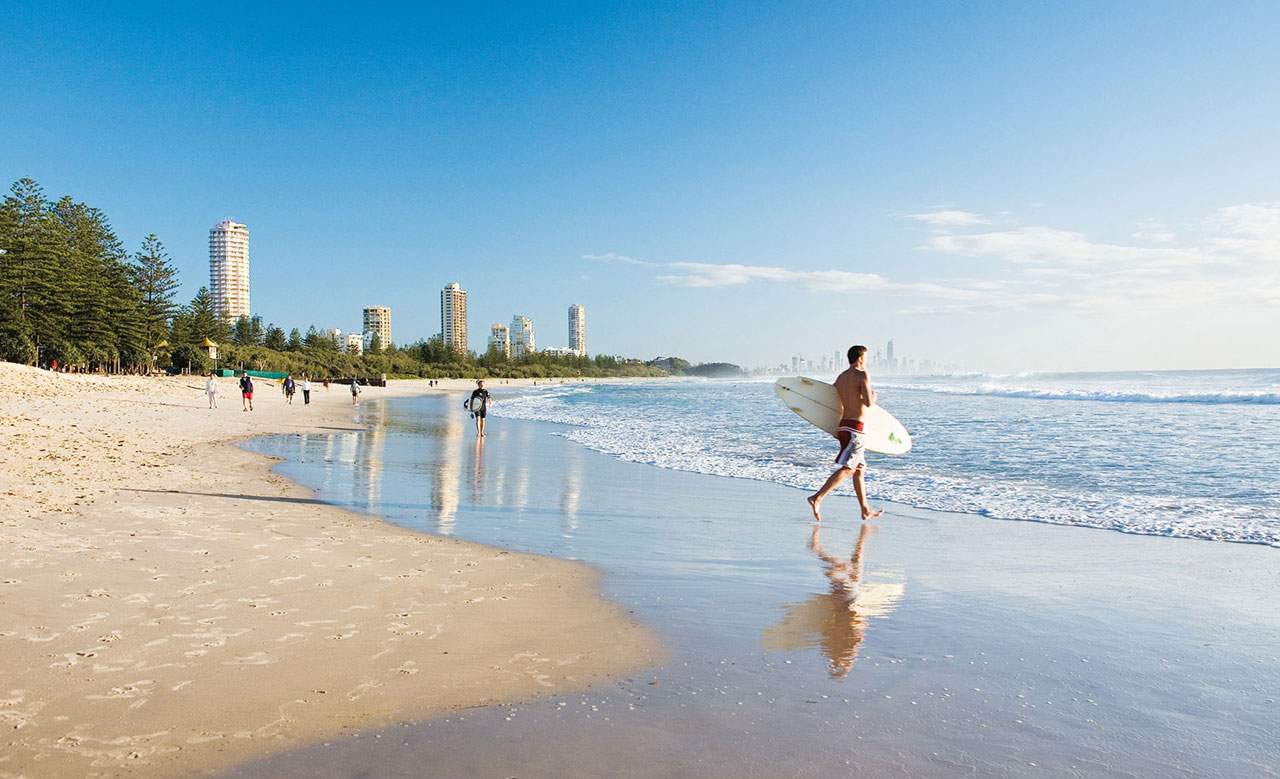Australia Looks Set to Sweat Through a Heatwave This Week
The country may even exceed the hottest temperature ever recorded, which dates back to 1960.
Summer in Australia means sun, surf, sand — and, increasingly, sweltering weather of heatwave proportions. The country clocked up its third-warmest year on record in 2018, and while we don't know just yet if 2019 will match it, we do know that a spate of particularly toasty days is on its way.
It is the time of the year for it, of course; however the next run of warm weather will blast temperatures up, with the mercury hitting the 30s in every capital city except Hobart. The sweaty conditions will be travelling over from the western side of the country, where Perth has been has been enduring a multi-day run of temps around the 40-degree mark this week. On Thursday, the WA spot hit 39, while Friday reached 40, and tops of 41 and 40 are forecast on Saturday and Sunday.
As that heat moves east over the week, the impact will differ around the country, with inland locations expected to bear the brunt. In the capitals, Sydney is expected to hit 33 degrees on Thursday, Brisbane will max out at 38 degrees on Monday before hovering around 30 for the rest of the week, Melbourne is due to hit 36 on Thursday and 41 on Friday, Adelaide will experience four days over 40 from Tuesday–Friday, and Canberra will top out at 42 on Thursday. And again, while sultry days are part and parcel of this time of year, each of the aforementioned cities except Brisbane will experience temps above its average maximum for December.
As the ABC reports, the Bureau of Meteorology predicts that, inland, the country may even break the heat record for the hottest day ever recorded. It currently stands at 50.7 degrees at Oodnadatta in South Australia, and dates back to January 1960. The warmest temp ever recorded in December is 49.5 degrees, which Birdsville in Queensland hit on Christmas Eve in 1972.
BOM has already predicted that this summer will be warmer and drier than average, like 2019 overall — and that those conditions will continue well into 2020.





